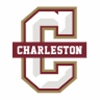College of Charleston is located in Charleston, South Carolina, USA. The following is a detailed introduction to the school:
School History
Founded in 1770, it is one of the 13 oldest universities in the United States and one of the famous public Ivy League schools. It has a long history and profound cultural heritage.
School Overview
Student size: The school has a certain size of student population, with a total of more than 10,000 students, including undergraduates and graduate students. The diverse student population brings rich culture and ideological exchanges to the campus.
Teacher-student ratio: about 1:18, teachers can provide students with more personalized guidance and support, which helps students better master knowledge and develop professional skills.
Campus environment: The campus is located in the downtown area of Charleston. Charleston is one of the historical and cultural cities in the United States. It has many well-preserved historical buildings, beautiful beaches and rich art and cultural activities. The school's architectural style combines historical and modern elements, creating a unique learning and living atmosphere.
School colors: blue and white.
Mascot: Cougar.
Academic situation
Professional settings: It offers about 150 undergraduate majors and minor majors, as well as 22 master's degree programs and 9 graduate-level certificate programs, covering a wide range of subject areas, including but not limited to business, education, art, science, humanities and social sciences, health sciences, etc. Among them, some popular majors include business administration, biology, psychology, media, history, education, etc.
Teaching characteristics: Focus on interdisciplinary research and practical teaching, encourage students to cross-learn and explore between different disciplines, and cultivate students' comprehensive literacy and innovation ability. The school has also established close cooperative relations with local enterprises, institutions and communities to provide students with rich internship, practice and research opportunities, helping students apply theoretical knowledge to practice, improve problem-solving ability and professional competitiveness.
Academic resources: It has rich academic resources, including modern libraries, laboratories, research centers, etc. The library has a rich collection of books, journals and electronic resources in various disciplines, which provides strong support for students' learning and research. In addition, the school's teaching team has a high level of teaching and professionalism. They have rich experience and achievements in their respective research fields and can provide students with high-quality teaching and guidance.
Student Life
Clubs and Activities: The school has more than 240 student clubs and organizations, covering academic, cultural, artistic, sports, public welfare and other aspects. Students can join the corresponding clubs according to their interests and hobbies, make friends with like-minded people, expand their network resources, and enrich their extracurricular life. In addition, the school often holds various cultural activities, art exhibitions, concerts, sports competitions, etc., providing students with a platform to show themselves and participate in campus cultural construction.
Accommodation Life: Provide a variety of accommodation options, including on-campus dormitories and off-campus apartments to meet the needs of different students. The on-campus dormitories are fully equipped with living facilities and comfortable environment, providing students with convenient living conditions and good social opportunities, which helps students better integrate into campus life and build friendships and teamwork spirit.
Sports activities: The school sports teams participate in the NCAA Division I league and are competitive in basketball, football, baseball, volleyball and other sports. Students can exercise their bodies, cultivate teamwork spirit and competitive awareness through participating in sports activities, and also add vitality and honor to the school.
Application and funding
Application requirements: Undergraduate applications usually require submission of high school transcripts, letters of recommendation, personal statements, standardized test scores (such as SAT or ACT) and other materials; graduate applications require submission of undergraduate transcripts, letters of recommendation, personal statements, resumes, GRE or GMAT scores, etc. according to the requirements of different majors. Specific requirements may vary depending on the major.
Tuition and funding: The school's tuition is relatively reasonable, and it provides students with a variety of scholarships, grants, loans and work-study programs to help students reduce their financial burden and ensure that students can successfully complete their studies.
-

Harvard University
-
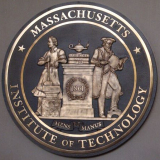
Massachusetts Institute of Technology
-
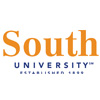
South University
-

University of West Georgia
-
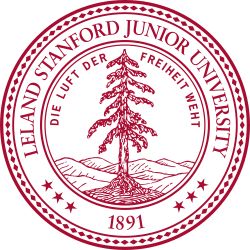
Stanford University
-
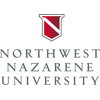
Northwest Nazarene University
-

Hawaii Pacific University
-
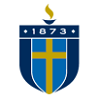
Shorter University
-

Nova Southeastern University
-
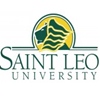
Saint Leo University
-

Mesoamerican University
-

Istmo University
-

Mariano Galvez University of Guatemala
-

Regional University of Guatemala
-

Galileo University
-

Francisco Marroquín University
-

Rafael Landívar University
-

University of the Valley of Guatemala
-

University of San Carlos of Guatemala
-

Technological Institute of Tlaxcala Plateau
-

Golfo University
-

Technological University of South Sonora
-

Technological University of Huejotzingo
-

Tizimín Institute of Technology
-

Chilpancingo Institute of Technology

